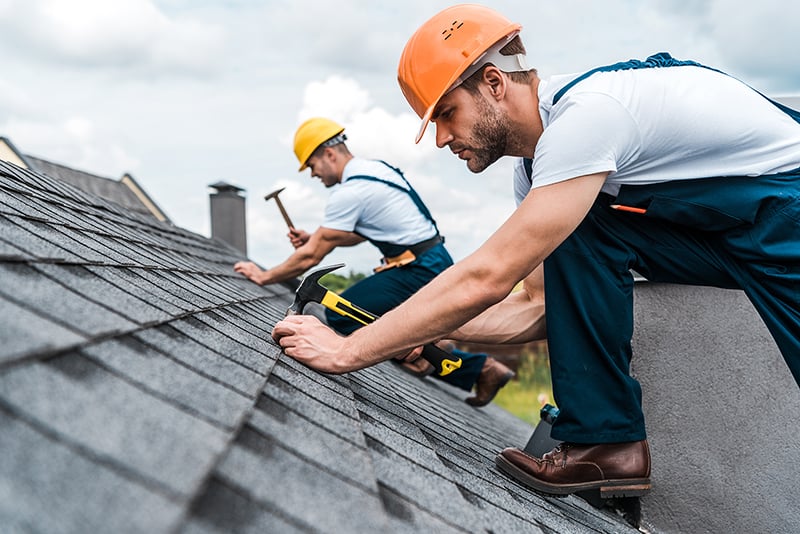When considering a roof replacement, it is crucial to be aware of potential hazards that may be present, particularly asbestos. Asbestos was commonly used in building materials before its dangers became widely known, and it can still be found in roofing materials of older buildings. Disturbing asbestos-containing materials during a roof replacement project can release harmful fibers into the air, posing serious health risks to workers and occupants. Therefore, it is essential to conduct a thorough inspection of the existing roof to determine if asbestos is present. This inspection should be carried out by trained professionals who can safely identify and handle asbestos-containing materials. If asbestos is found, it is important to hire licensed asbestos removal contractors to safely remove and dispose of the material in accordance with local regulations. This typically involves sealing off the work area, using specialized equipment to prevent fibers from spreading, and carefully removing the asbestos-containing materials without causing them to break apart.

Proper disposal methods must be followed to ensure that the asbestos waste is handled and disposed of safely, minimizing the risk of exposure to both workers and the environment. In addition to asbestos, there may be other hazards associated with roof replacement projects that need to be addressed. For example, old roofing materials such as shingles or tiles may contain lead or other harmful substances. Similarly, the roof structure itself may have deteriorated over time, posing risks of collapse or structural failure during the replacement process. Proper safety precautions, such as using fall protection equipment and ensuring the stability of the roof structure, are essential to prevent accidents and injuries. Environmental considerations are also important when planning a roof replacement project.
Disposing of old John Keller Orlando Roofing materials can generate a significant amount of waste, much of which may be non-biodegradable or contain hazardous substances. To minimize the environmental impact, it is important to properly sort and recycle materials whenever possible. Additionally, selecting roofing materials that are energy-efficient and environmentally friendly can help reduce the long-term environmental footprint of the building. In summary, dealing with hazards such as asbestos and other potential risks is an important aspect of planning a roof replacement project. By conducting thorough inspections, hiring qualified professionals, and following proper safety and environmental procedures, it is possible to mitigate these hazards and ensure a successful and safe roof replacement. Taking these precautions not only protects the health and safety of workers and occupants but also helps to minimize the project’s environmental impact in the end.